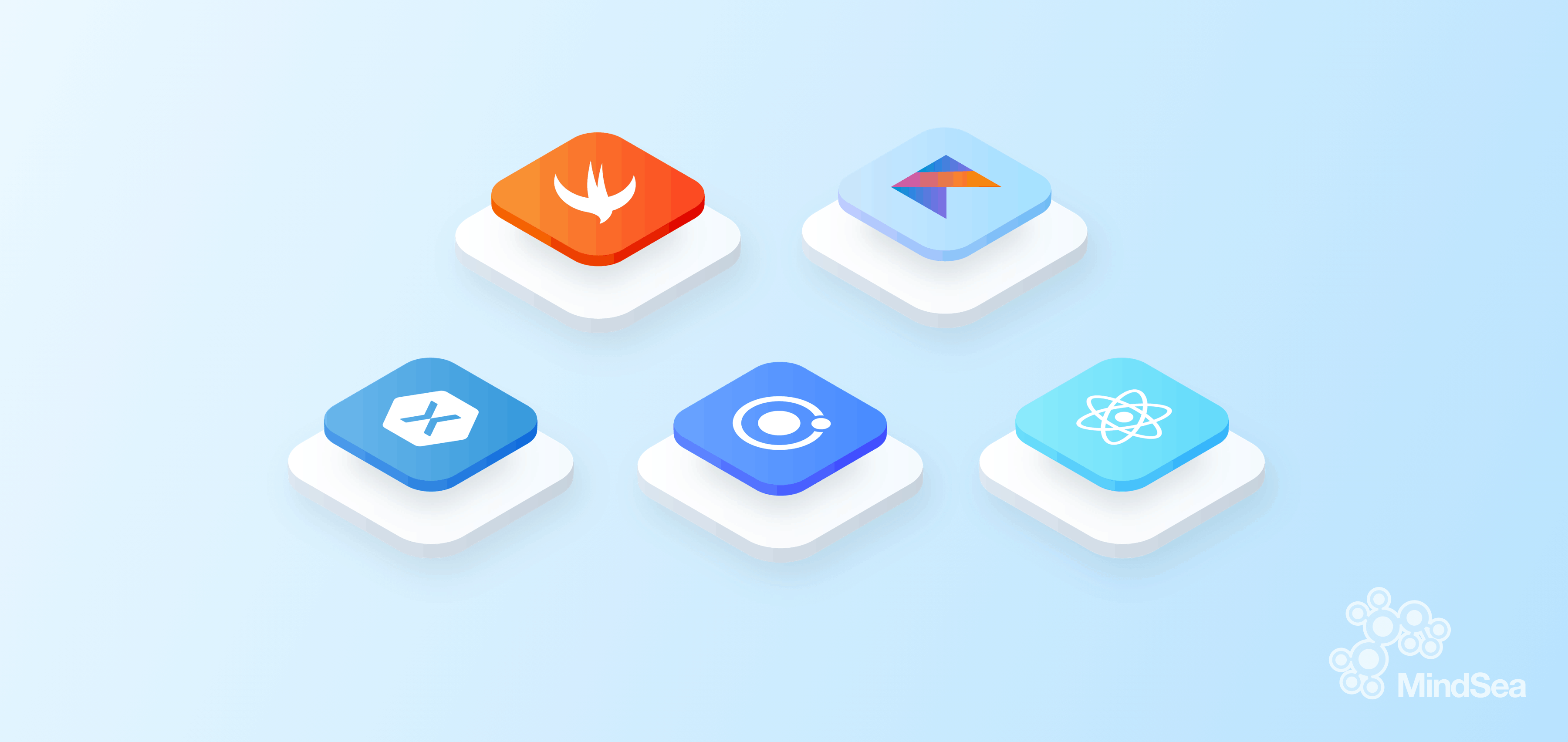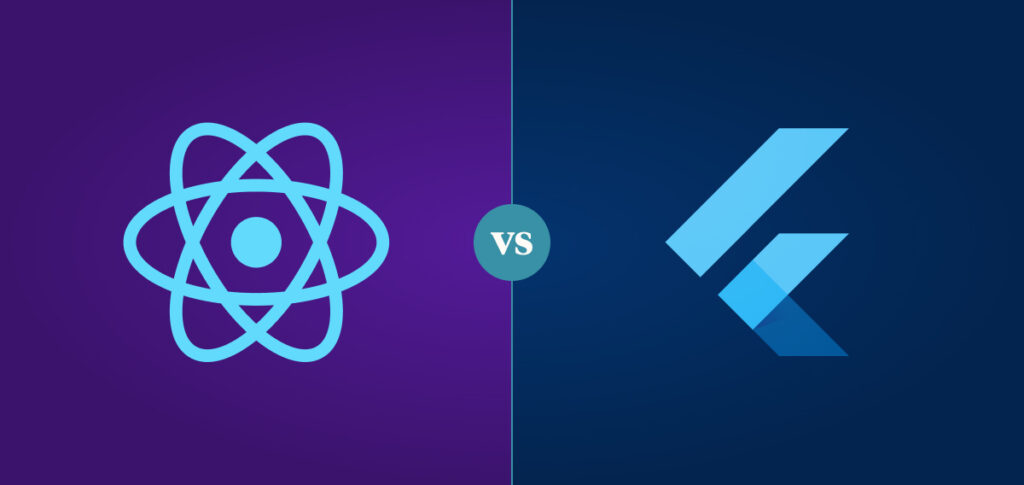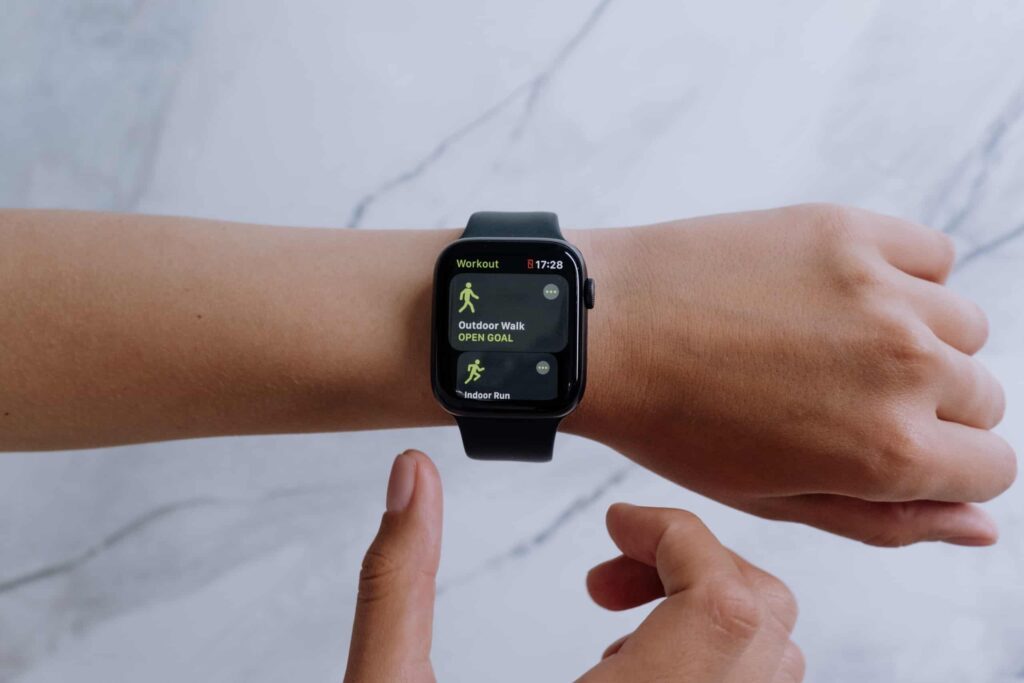As we’ve long predicted, trends indicate a shift to a digitally-focused future. For many businesses, this means finding digital solutions to scale.
Since these trends are not slowing down, industries like healthcare are adapting by increasing their innovation within new digital healthcare markets.
Given these trends, the time is now to develop a mobile app.
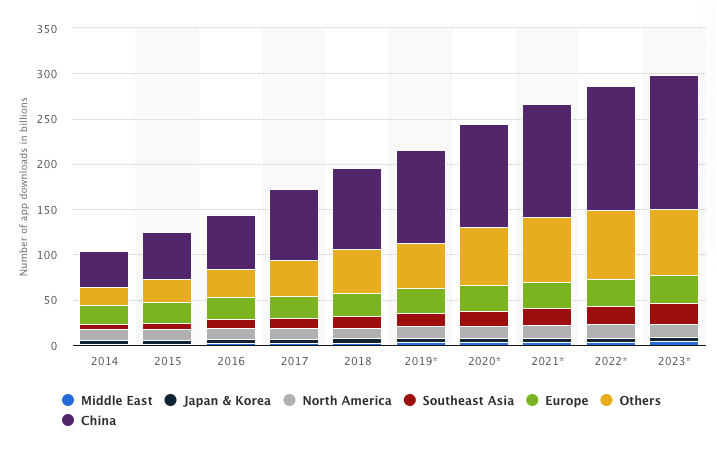
While going mobile has many benefits, successful apps require due diligence and careful preparation prior to heading into the build stage.
This means dedicating the appropriate amount of time researching and testing the various types of app builds depending on your business’s goal(s), product(s), and situation.
In the world of mobile apps, there is one key technology choice you must make before you start building–Native app code or a Hybrid framework. This article will explain and compare these two options to ensure that your business is making the most effective and sustainable decision.
To begin, let’s start with an explanation of each approach.
Native And Hybrid Apps: What Are The Differences?
Before you can decide which kind of app is right for your business, you must have a solid understanding of both approaches. Expert-level knowledge isn’t necessary, but knowing the differences between native and hybrid apps is key to choosing the best build style to help your app to thrive.
In the past, Native and Hybrid approaches have typically been pitted against each other in a pros-and-cons style.
While there are advantages and disadvantages to both, there is no longer crystal-clear segmentation between these types of apps.
Both approaches have evolved; therefore, comparing the overall features of both provides a much clearer direction into which type will work best for you.
Security And HIPAA/PIPEDA
Before we get into the differences between app technologies, let’s talk about a key similarity–security. For any app, security is an essential priority, but healthcare apps must meet additional security requirements.
All healthcare apps must, under law, be compliant with the Health Insurance Portability and Accountability Act (HIPAA) in the United States and the Personal Information Protection and Electronic Documents Act (PIPEDA) in Canada.
Additionally, some provinces in Canada have their own regulations that must be abided by.

Since health-related data is more personal and sensitive than the information used in other mobile apps, it’s necessary for these apps to be well-protected.
One breach could cost your company millions of dollars and consumer trust. That’s why security should be a priority from the moment you start developing your app, no matter the type.
At MindSea, we follow Privacy by Design principles to ensure privacy and security are considered from the very start.
Native Apps
Native apps are mobile applications that are developed and programmed for a particular operating system (OS). The two main operating systems are iOS and Android.
Native iOS apps are coded in Swift or Objective-C, whereas Native Android apps are written in Java or Kotlin.
Mainstream examples of Native apps include WhatsApp, Spotify, and Facebook. Examples of Native apps built by MindSea include Constant Health and PsychScope.
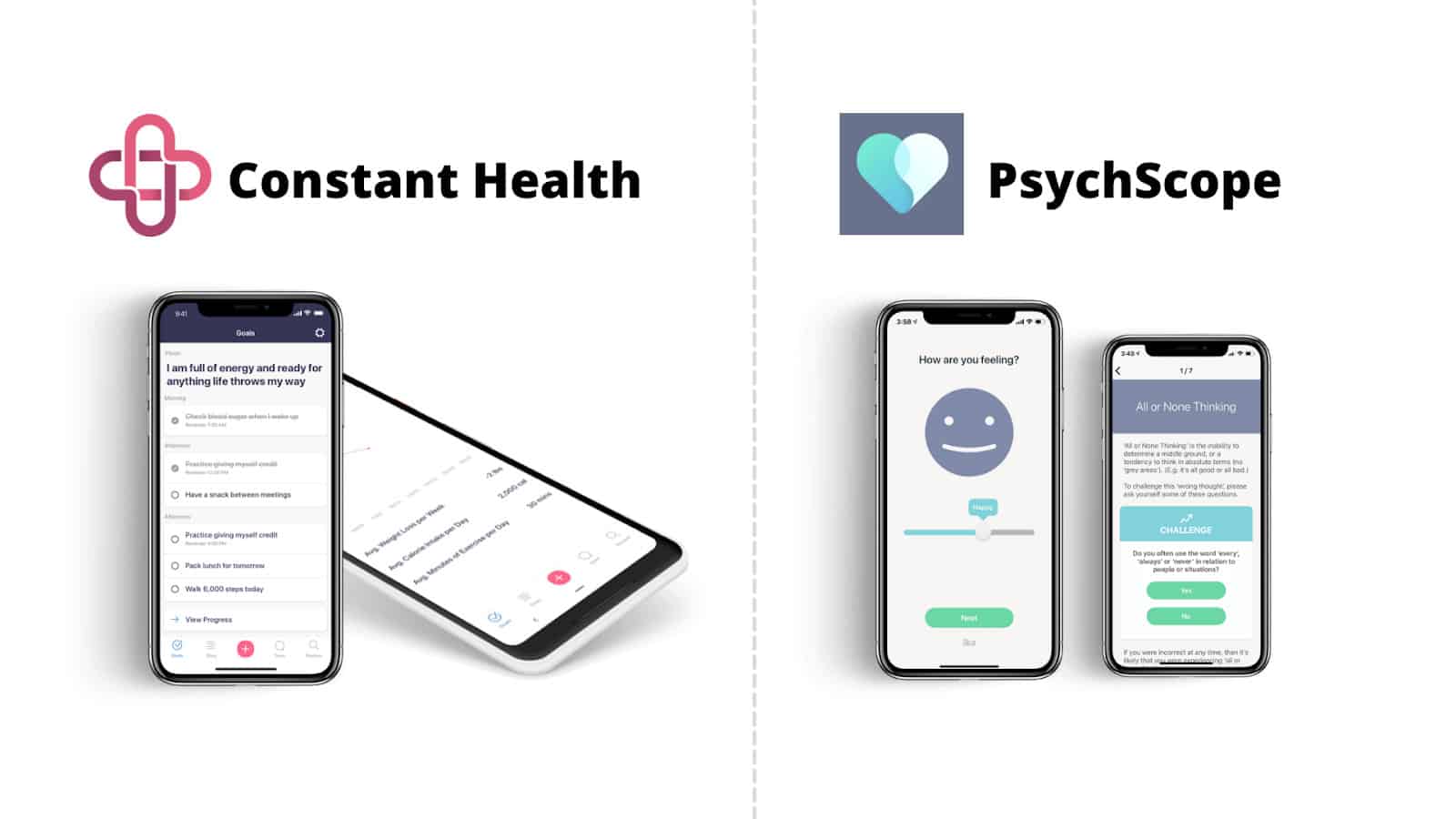
As long as you have an internet connection, these are mobile apps that you download to your device and can use all the time.
The actual development can differ between iOS and Android apps, but the benefits of Native apps are generally the same across the board. More on these benefits can be found in the table below.
Hybrid Apps
Hybrid apps are mobile applications that are developed to accommodate multiple operating systems (OS) with a single codebase.
A Hybrid app appears as a Native app that can be downloaded by a user and can connect to most capabilities the OS provides.
Some examples of Hybrid apps include Instagram, Pinterest, and Uber Eats. An example of a MindSea-built Hybrid app includes Arno.
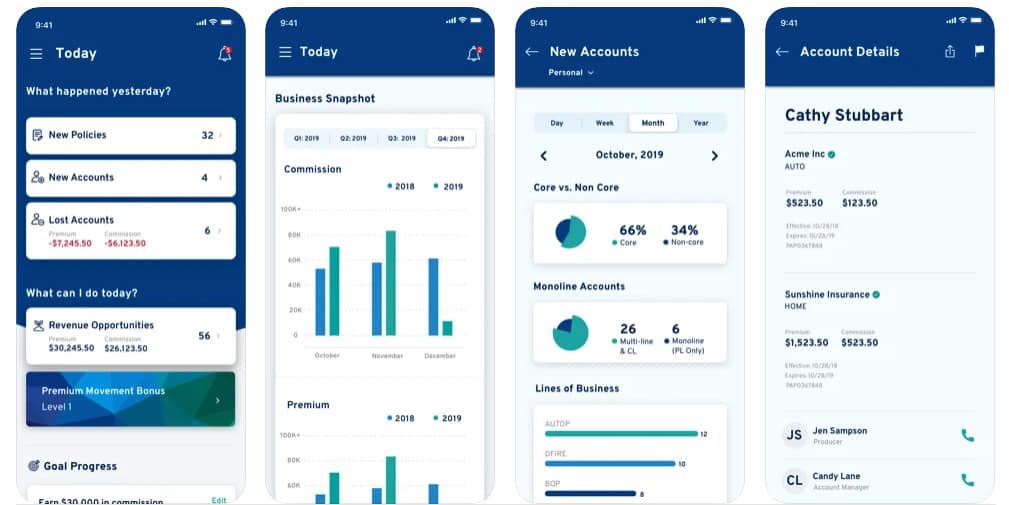
Some top frameworks for Hybrid apps include Flutter, Xamarin, and Ionic. However, React Native is becoming a more popular framework choice.

React Native, created by Facebook, is currently the most popular way to build Hybrid apps, allowing for more speed and ease of flexibility through a cross-platform framework when building apps for both iOS and Android.
This framework is gaining more market share than other Hybrid frameworks due to reasons such as:
- CodePush, which offers the ability to update apps on the fly without approval from Apple or Google;
- React.js, a web framework also built by Facebook, utilizes the same building blocks as React Native, allowing the sharing of logic between web and mobile app projects;
- Large community support, with several major companies building their apps with React Native.
With continuous development, Facebook is making React Native easier to use so it is able to continue increasing its market share every day.
A Note On Progressive Web Apps
Before continuing, it’s important to touch on Web apps.
Web apps are exactly what they sound like–applications that users can access over the web through their internet browser. They aren’t standalone apps that you download, so they don’t take up any storage space or memory on your device.
The benefit here is that users simply have to open Google Chrome or Safari, load the webpage, and they’re all set.
On the flip side, relying on a consistent internet connection leaves the application susceptible to poor performance. If the browser or connection is not working, your app may not either.
Some examples of this kind of app are Lyft and AliExpress.

While these sites are fully functional in the browser, the brands still have Native Apps available for download.
The reality is that most people are still going to look to the App Store and Google Play Store to find popular products that would be worth using on the go. Thus, creating a Native or Hybrid app is still a key priority for businesses in all industries.
Due to the rapid development of Native and Hybrid apps, Web apps aren’t used as frequently as they were in the past. This doesn’t mean they should be discounted, however.
The world of progressive web apps continues to improve. More browsers, more capabilities, more distribution options, and other perks make them attractive.
These apps have slowly but steadily grown in recognition, and their reliability continues to improve.
How Do You Decide Which Approach To Take?
Determining which app build approach is the right one for you is challenging.
There are many factors to consider in your decision-making process, such as user research and analytics, talent required, long-term planning, cost to build, development time, and hardware/Bluetooth integrations.
Considering all of these factors separately will give you a better picture of which type of app build best suits your business.
Here’s a look at how these factors differ between Native and Hybrid apps:
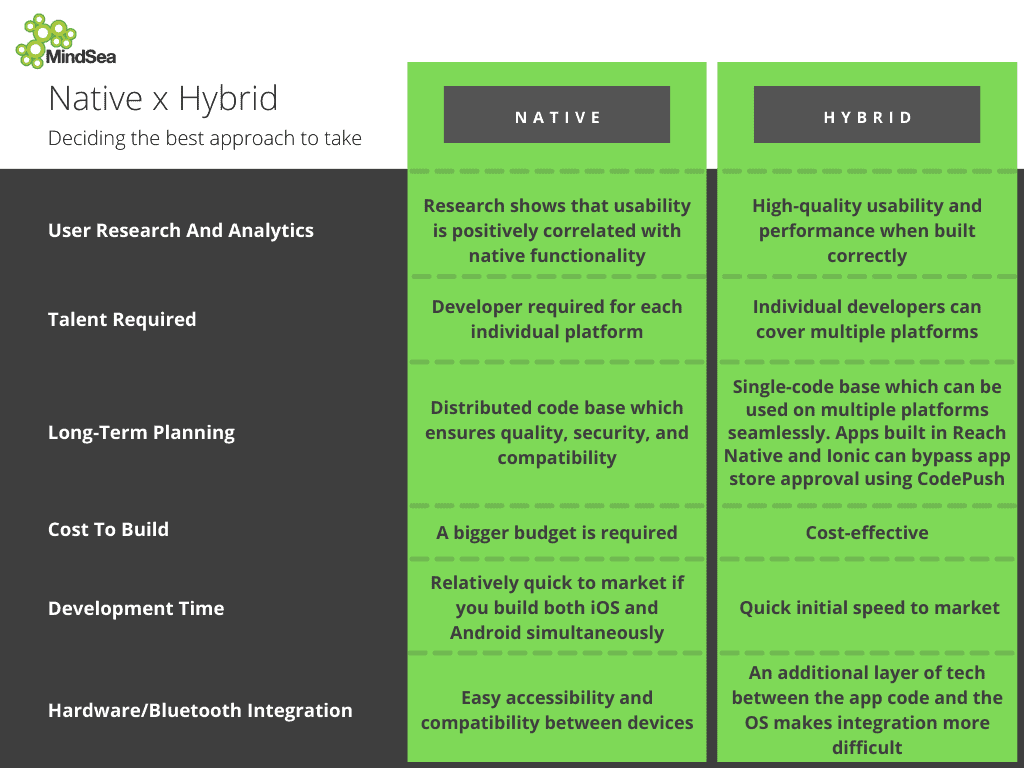
To reiterate, the decision to build either a Native or Hybrid app should be based on your business’s objectives. Before jumping into development, you should consider the following:
- Do you prioritize 1) time to market, or 2) optimal performance?
- How complex are the features you need for the product to work properly?
- How much do you value user experience?
Answering these questions, and more is key to unlocking the best decision on your app build journey.
Special Considerations With Healthcare Apps
There are a few special considerations to understand if you’re looking to build a healthcare app.
Unlike apps in other industries, healthcare apps emphasize two unique factors: security and interoperability.
Security
As mentioned briefly above, security is of utmost importance for healthcare apps.
Every system and connection with access to healthcare software causes a cybersecurity risk, so data found in these apps must be well protected.
The security vulnerabilities of these apps depend on the platform and how well the code is written.
The easier it is for hackers to access the code and software, the more at risk your app will be.
Examples of solutions to ensure the security of healthcare apps include:
- Load balancers, firewalls, and VPNs
- Two-factor authentication
- Secure socket technology
- Data wiping
- App testing and updates
Interoperability
Healthcare apps must strive to be compatible with traditional healthcare systems.
Mobile health information devices and systems need to be able to access, exchange, integrate, and cooperatively use data with traditional systems in a coordinated manner that overcomes limitations or boundaries.
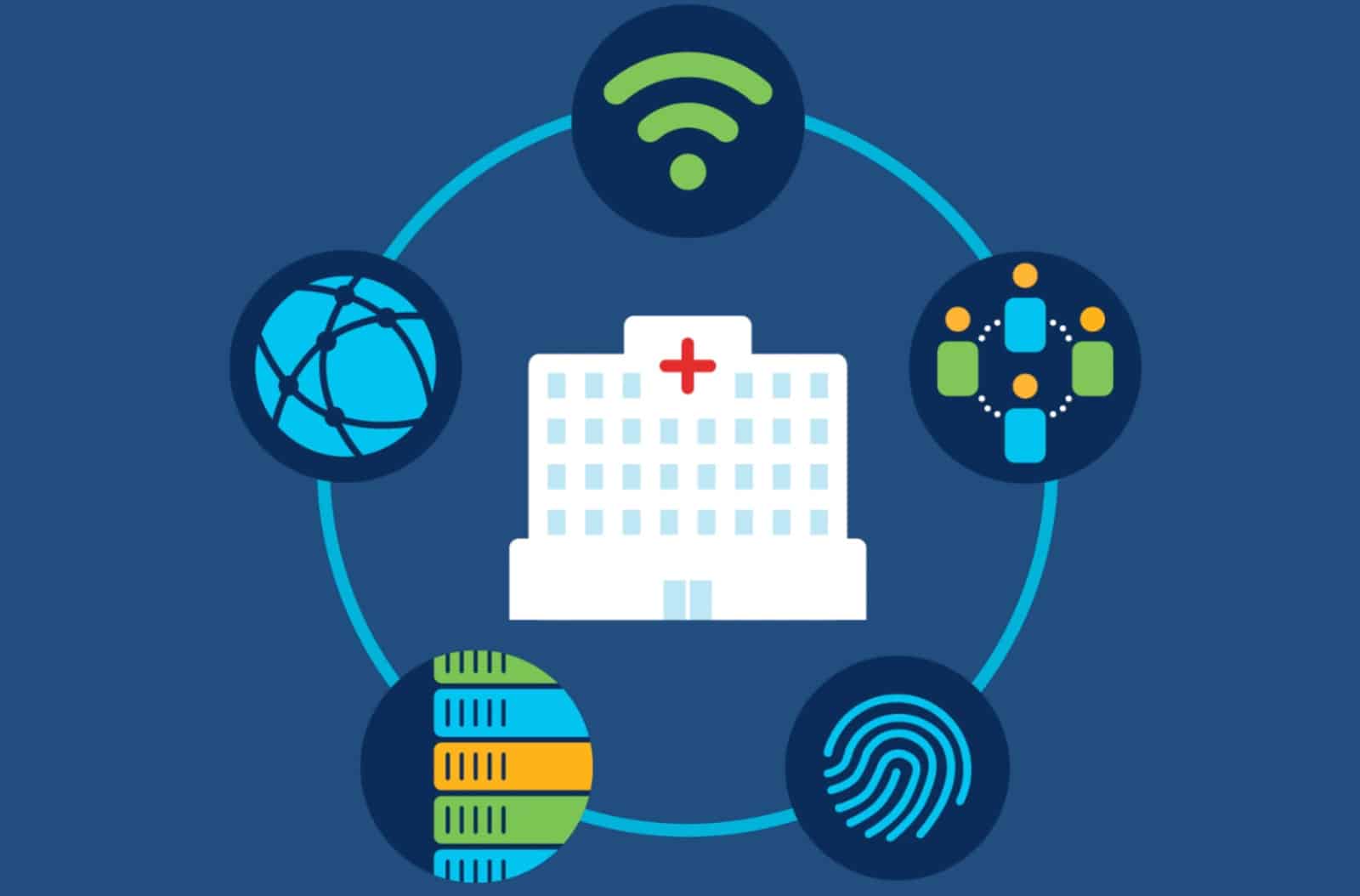
This compatibility results in timely and seamless portability of information, and the optimization of the health of individuals and populations globally.
Although it isn’t always achievable due to technical limitations or data privacy restrictions, the interoperability of healthcare apps should always be considered.
Wrapping Up
Deciding to build an app for your business is the easy part. The hard part is determining which advantages from each app build approach will actually ensure your business’s app success.
It takes lots of research and evaluation before you can be sure that your decision is correct. Using the information presented in this article, you’ll be able to measure the benefits each approach offers by evaluating them against your goals, product, and situation.
If you’re ready to take the next step and start building your app, get in touch with us today. We’ll walk you through the entire process, and get you on the path to accomplishing your business’s mobile goals.
